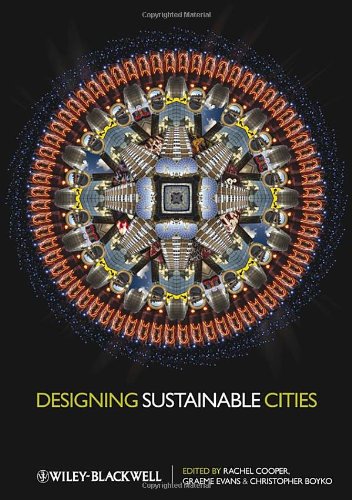

Most ebook files are in PDF format, so you can easily read them using various software such as Foxit Reader or directly on the Google Chrome browser.
Some ebook files are released by publishers in other formats such as .awz, .mobi, .epub, .fb2, etc. You may need to install specific software to read these formats on mobile/PC, such as Calibre.
Please read the tutorial at this link. https://ebooknice.com/page/post?id=faq
We offer FREE conversion to the popular formats you request; however, this may take some time. Therefore, right after payment, please email us, and we will try to provide the service as quickly as possible.
For some exceptional file formats or broken links (if any), please refrain from opening any disputes. Instead, email us first, and we will try to assist within a maximum of 6 hours.
EbookNice Team

Status:
Available4.5
5 reviewsAddressing sustainability issues in relation to the design and planning of the urban environment is a complex, multi-disciplinary issue and solutions never arrive from a single perspective. The authors use design as a facilitating factor to consider when and by whom decisions that contribute to sustainability are made, and through three major city-centre case studies - London, Manchester and Sheffield – they consider social, environmental and economic factors and examine their relationship to the decision-making process.
Designing Sustainable Cities begins by identifying the key processes and lead decision-makers. The following chapters develop an understanding of the dimensions of sustainability, presenting the tools by which the dimensions can be analysed. Later chapters illustrate the trade-offs and the relationships between the dimensions of sustainability - with case study examples - as well as the use of IT in making design decisions. Finally, the book makes recommendations for future approaches to the design, development and on-going management of urban environments.
Designing Sustainable Cities covers:
*latest research data on the urban environment and the interaction between social, economic and environmental issues
*methods of understanding the context in which urban design takes place
*guidance on the codes of practice
*process maps to help understand the context, make trade-offs and develop design solutions that allow for change
*methods for testing the consequences of design proposals and monitoring outcomes.